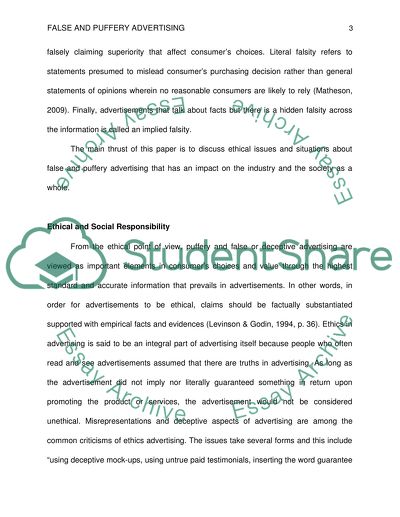Cite this document
(“False and Puffery Advertising Essay Example | Topics and Well Written Essays - 2000 words”, n.d.)
Retrieved from https://studentshare.org/marketing/1407146-false-and-puffery-advertising
Retrieved from https://studentshare.org/marketing/1407146-false-and-puffery-advertising
(False and Puffery Advertising Essay Example | Topics and Well Written Essays - 2000 Words)
https://studentshare.org/marketing/1407146-false-and-puffery-advertising.
https://studentshare.org/marketing/1407146-false-and-puffery-advertising.
“False and Puffery Advertising Essay Example | Topics and Well Written Essays - 2000 Words”, n.d. https://studentshare.org/marketing/1407146-false-and-puffery-advertising.


